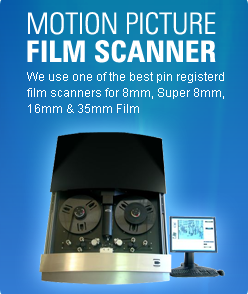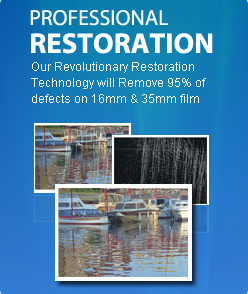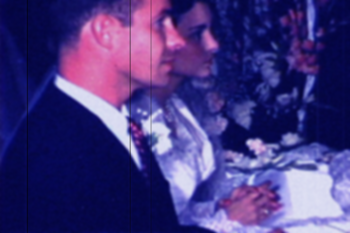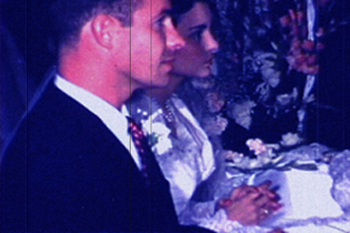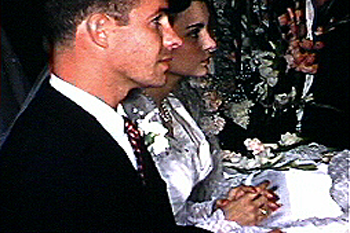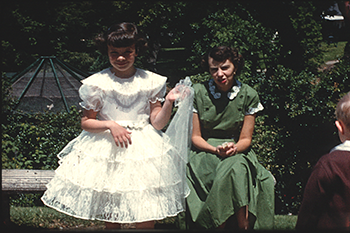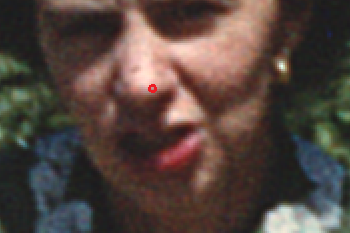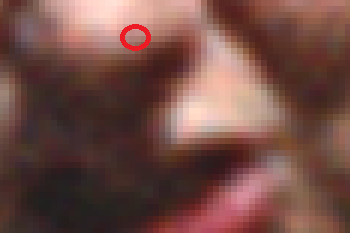
The first table shows how the same film looks using our 4 different processes. You can see that the difference can be significant for our Lawrence customers.
The second table presents a case for scanning 8mm and Super 8 film at 2K resolution. In the past year we have done 20 comparisons. Contrary to popular belief, we do see a noticeable difference in quality between our Pro HD and Pro 2K process on 8mm and Super 8 film.
In general it is recommended that you scan at or above the resolution of the film. For 8mm and Super 8 that means scanning at HD or 2K.
8mm And Super 8 Film Lawrence |
|
SD Scan
|
|
Pro HD Scan
|
|
Pro 2K Scan
|
|
Pro 4K Scan
|
|
Film Resolution |
|
Resolution of Film |
|
Film Grain
|
|
Film Grain vs Digital Pixel
|
|
Professional films usually have access to the original camera negative in addition to work prints, answer prints, etc. It is always better to scan using the original camera negative.
Lawrence Fun Facts: The origins of Lawrence have a distinctly political component. When the Kansas Territory was opened to settlement in 1854, settlers were allowed to decide whether to admit their territory as a slave or free state. Shortly after the territory was opened, a colonization movement was started by New Englanders opposed to slavery, who quickly immigrated to the new territory, set up roots in the new town, and named it in honor of Boston's Amos A. Lawrence, a principal financier of the expedition.
Kansas Fun Facts: military installation Fort Leavenworth. In 1954, it became a battleground of the civil rights movement when the landmark Brown v. Board of Education of Topeka case was decided in the Supreme Court, ending the doctrine of “separate but equal” in public schools. Kansas is also known for its contributions to jazz music, barbecue and as the setting of L.
